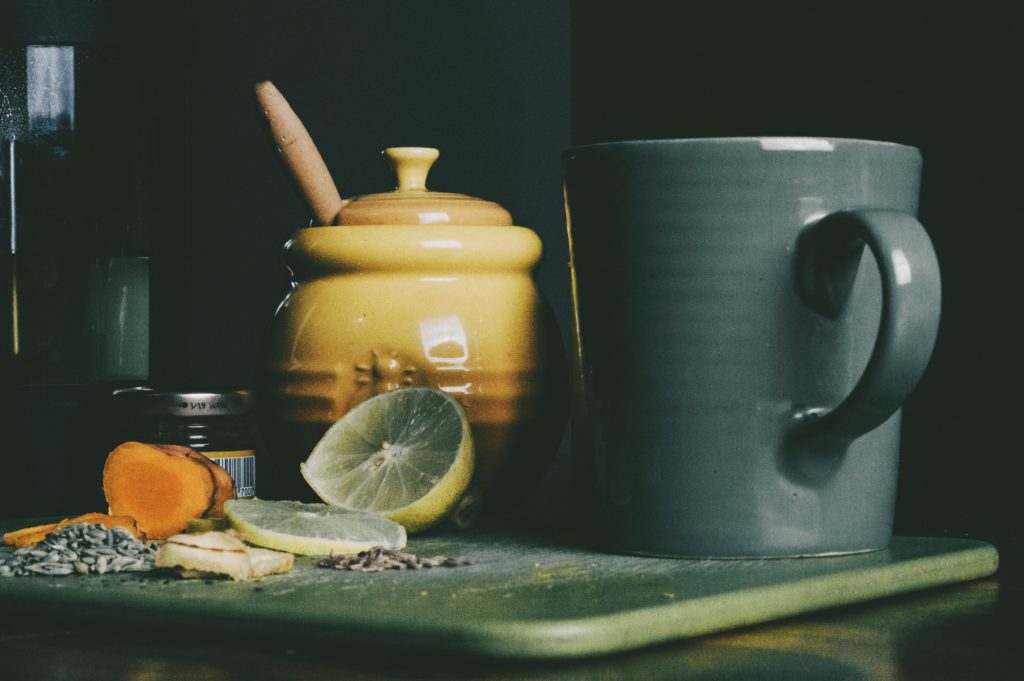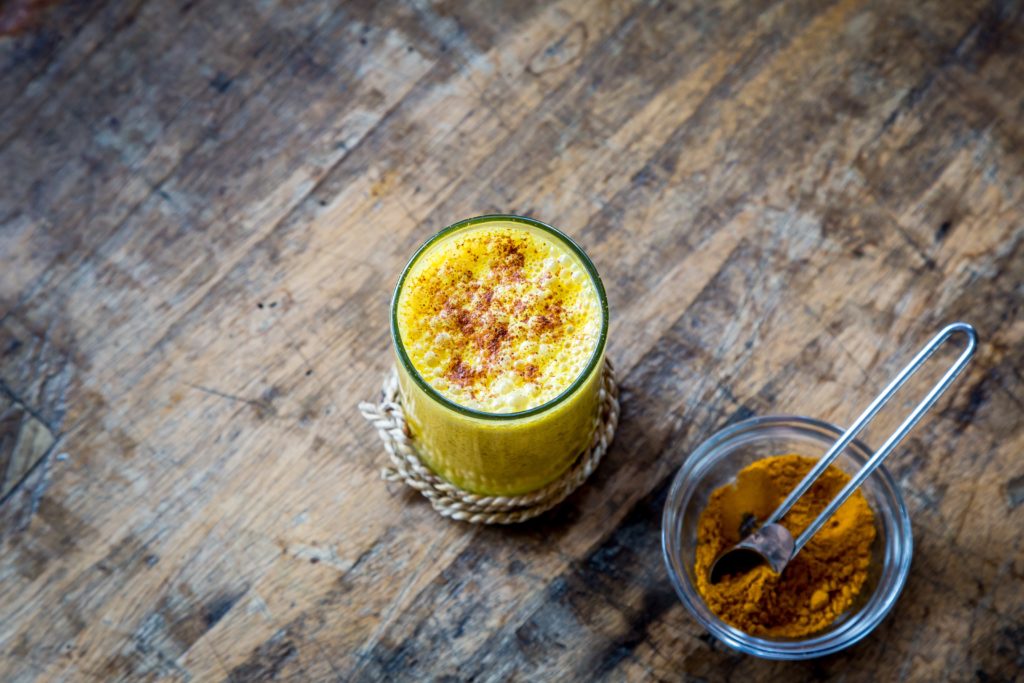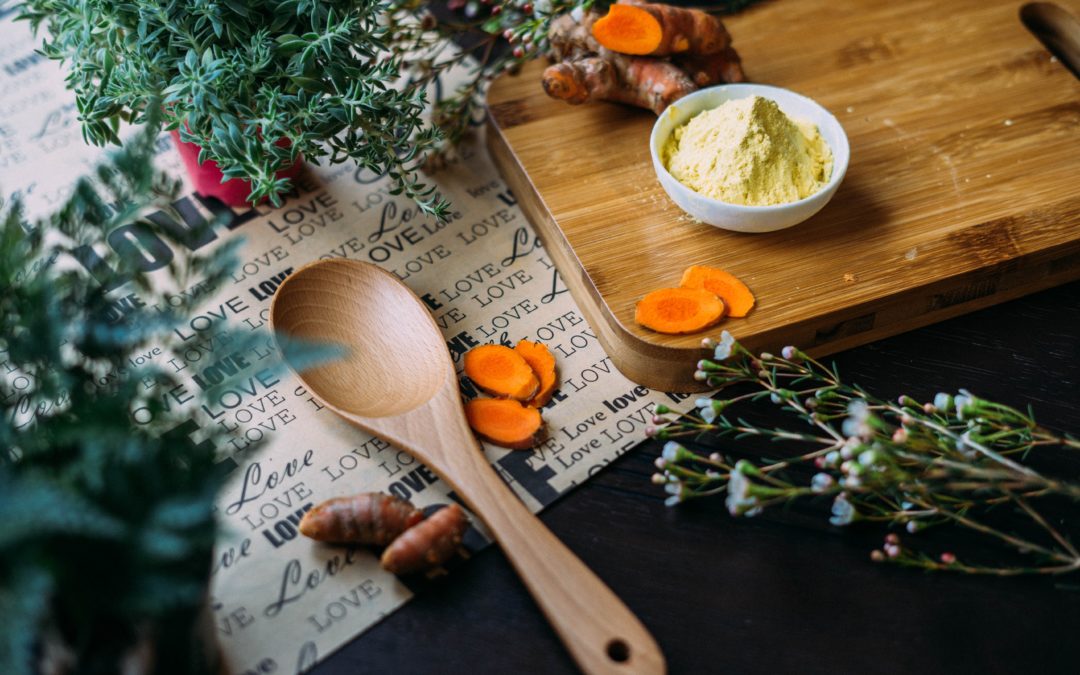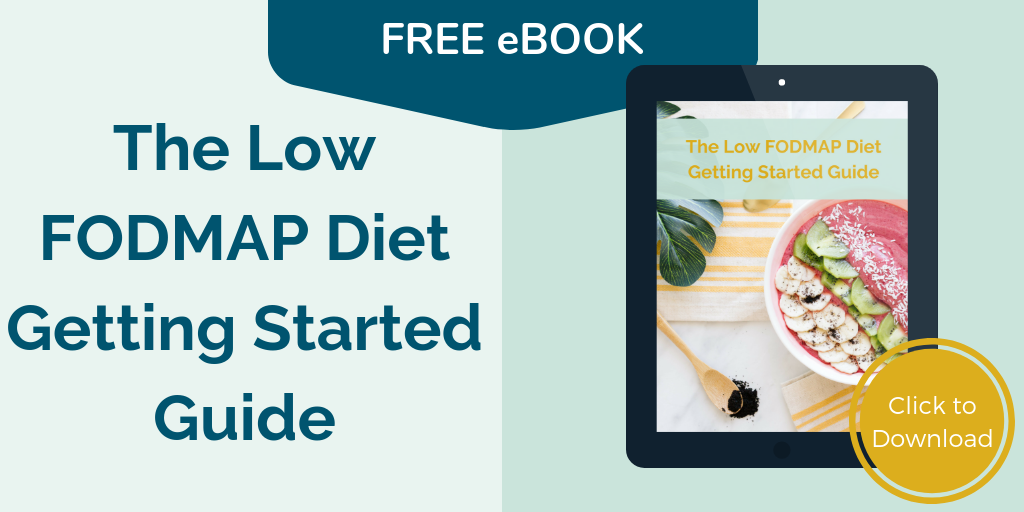Turmeric for IBD
Can Turmeric Help Improve Symptoms of Inflammatory Bowel Disease?
Did you ever think that a spice in your kitchen cupboard might be able to help to reduce your uncomfortable IBS symptoms? We know you all love exploring natural remedies whenever possible, so this post is all about one of those remedies … turmeric! Yes, that bright yellow spice that always stains your fingers. You might know this spice as a flavour and colour agent used in curries and mustard. But did you also know that it has natural therapeutic benefits for digestive health?
Turmeric for IBD: Turmeric and Digestive Health
There is evidence to support that turmeric may help to relieve inflammation in your gut and help promote good gut health. You might be wondering how this is happening. First of all, let’s get clear on what inflammation is. Inflammation is defined as swelling, pain and redness in a specific area of the body. When we are dealing with inflammation, our immune cells are working hard to attack the site of inflammation to reduce the effects. When the digestive tract becomes inflamed, we tend to have too many immune system cells working in the gut to reduce the effects, and this can cause us to experience symptoms like pain and diarrhea.
It’s important to note here the difference between Irritable Bowel Syndrome (IBS) and Irritable Bowel Disease (IBD). We do not get inflammation of the gut with IBS. We do get inflammation of the gut with IBD. So please keep this important difference in mind when considering whether adding tumeric in your diet may help you and your symptoms. Since turmeric targets inflammation, it will likely be more beneficial for those with IBD (Crohn’s and Colitis).
The first step if you’re looking to improve irritable bowel syndrome (IBS) or another digestive disorder or disease, is to understand more about the Low FODMAP diet and if it can help. Download my free eBook to help you better understand this diet and get started implementing simple steps to get rid of symptoms like gas, bloating, pain, diarrhea or constipation related to IBS. Click here to get a copy emailed to you right away.
Turmeric for IBD: Curcumin – The Active Ingredient
Are you wondering how a simple, natural spice can possibly help bring down inflammation and reduce those uncomfortable symptoms? It’s all in the chemical makeup of the root, my friends! Turmeric contains a substance called curcumin, which is the part of the root that gives it the yellow colour. Aside from the bright colour, curcumin (as well as other chemicals) is the key component that helps to reduce inflammation.
According to a study published in the World Journal of Gastroenterology, curcumin has an effect on the genes in our body that promote inflammation. In the long run, reducing inflammation in this way may help reduce the risk of certain cancers like colorectal cancer. They found that those taking curcumin capsules showed lower levels of a substance in their blood that is known to promote the growth of colorectal cancer cells.

Turmeric for IBD: How Much Should I Eat?
With all it’s inflammation fighting power, you might be wondering how much turmeric you should be adding to your diet to get the benefits! Well, before we can get to a recommendation about how much, we have a bit of a hurdle to overcome first, and that is the fact that turmeric isn’t really absorbed that well in our gut! So how can we improve absorption so that we can get all these benefits?! Luckily scientists have been looking into this for us.
A study published in the World Journal of Gastroenterology found that the combination of turmeric plus a phytosome will promote its absorption. A phytosome is the combination of a natural ingredient (such as turmeric) that is combined with a phospholipid (fat) that helps the body absorb that natural ingredient. Although this research is still in its early stages and more work needs to be done, there have been some successful human studies using this turmeric phytosome that have shown it to be effective in reducing digestive symptoms in those with IBD.
The study had patients consume the turmeric phytosome tablet daily for two months. At the end of the study, the patients claimed that their symptoms were reduced. The same results were found when they investigated further and completed a randomized control trial where the turmeric treatment was compared to a placebo for a six month trial.
The studies found that the turmeric phytosome supplement was well tolerated by participants, but if you’re interested in giving it a try remember to take it slow in case your body doesn’t agree. We need more research before we can be confident in the results, but it may be the case that our bodies can get more benefit from turmeric if it is in this phytosome tablet form as compared to just eating the dried spice or even fresh turmeric root. These curcumin-phytosome tablets can be purchased in stores, but before trying out any brand there are some key things to look out for. The first being that the tablet should contain a phytosome to make sure it is better absorbed in your intestine. Just look for the word phytosome on the label! The second thing to look for is an eight digit nutrition product number (NPN) on the front of the label. This will ensure that the product is safe, high quality and effective. Now before resorting to tablets it is a good idea to try it naturally to see how you feel. It is important to listen to your body, especially when trying new foods. Adding a large amount of a new ingredient to your daily routine could trigger some symptoms, so always be mindful of that.

How to Add Turmeric to Your Diet
Turmeric can be used in many different ways in your kitchen! It comes in both a dried powdered form, as well as the fresh root form that kind of looks like fresh ginger root, but smaller! Whether it is fresh or dried, it adds great flavour, colour and aroma to many dishes.
If you’re making a recipe that calls for turmeric, either the fresh version or the dried version can be used, just make sure you use the proper conversion depending on what the recipe calls for. I recommend using a 1 inch piece of the fresh root (or approximately 1 tablespoon) for 1 teaspoon of the dried spice, and vice versa. Fresh turmeric is often more pungent and earthy due to the fresh essential oils.
Also keep in mind that turmeric has a very strong yellow colour that can easily stain your skin if you’re not careful. Not to worry, it’s only temporary, but I’m going to give you some tips to reduce this because I’m sure you don’t want to walk around with bright yellow hands! When using fresh turmeric root, you do need to get rid of the outer skin as it’s not edible. To do this, you can use the side edge of a spoon to scrape the skin off! When handling turmeric, you can always use gloves, but sometimes we don’t always have those on hand, so holding the root with a piece of paper towel will also work! Another great turmeric hack is to use a zester or grater to quickly grate the turmeric instead of chopping it. This will minimize the mess and time.
How to Cook with Turmeric
Now, before you go adding turmeric to every meal, we recommend trying just a little and seeing how your body responds. If all goes well and you’re ready to starting adding more turmeric into your life, it can be a great addition to many sauce and soup recipes. If you’re not too sure about the taste, then try putting it in things to disguise it. You likely won’t even notice it if you throw it into a spaghetti sauce. Or, use its bright yellow colour to your advantage to brighten up the yellow in your carrot or squash soup. Yum! It could be your new secret ingredient!
You could also use turmeric to “spice up” your morning smoothies. If you want to avoid brown smoothies when adding turmeric, use light coloured ingredients instead of dark berries. Some suggestions are mangoes, carrots, banana, avocado, pineapple. I don’t know about you but the brighter my smoothie is, the better it tastes! Even though mangoes are high in FODMAP in, it’s possible that once you identify your triggers that you could actually tolerate a small amount of mango! Need help doing this? Join me in the CLAIRITY program to get clear on what your triggers are. Make sure to always keep your food triggers in mind when making smoothies.
How about adding a side of turmeric spiced rice to your favorite vegetables for balanced weekday dinners? Or turmeric falafels for lunch in a wrap, on top of a salad or in a buddha bowl. Next time you make some homemade salad dressing, try adding a medley of spices that includes turmeric. Not only will that add some colour to your salad dressing, it will give it a little kick.
Are you a tea or latte lover? If so then you’ll love this! Turmeric lattes are the newest thing these days. This could be your new afternoon pick-me-up if you make it with a milk that fits with your triggers. This could be almond milk or even some lactose free cow’s milk! Turmeric teas are another great way to warm up this winter while benefiting your gut.
Curcumin can be a safe, natural remedy that might benefit your digestive health, especially if you have IBD. Remember, this isn’t a natural remedy that is going to cure you, but it might help in reducing some of those symptoms so you can start living your best life. If you need help identifying your triggers and learning how to manage those symptoms, I’d love for you to join me in the CLAIRITY program.
Wishing you much love and happiness,
Stephanie


